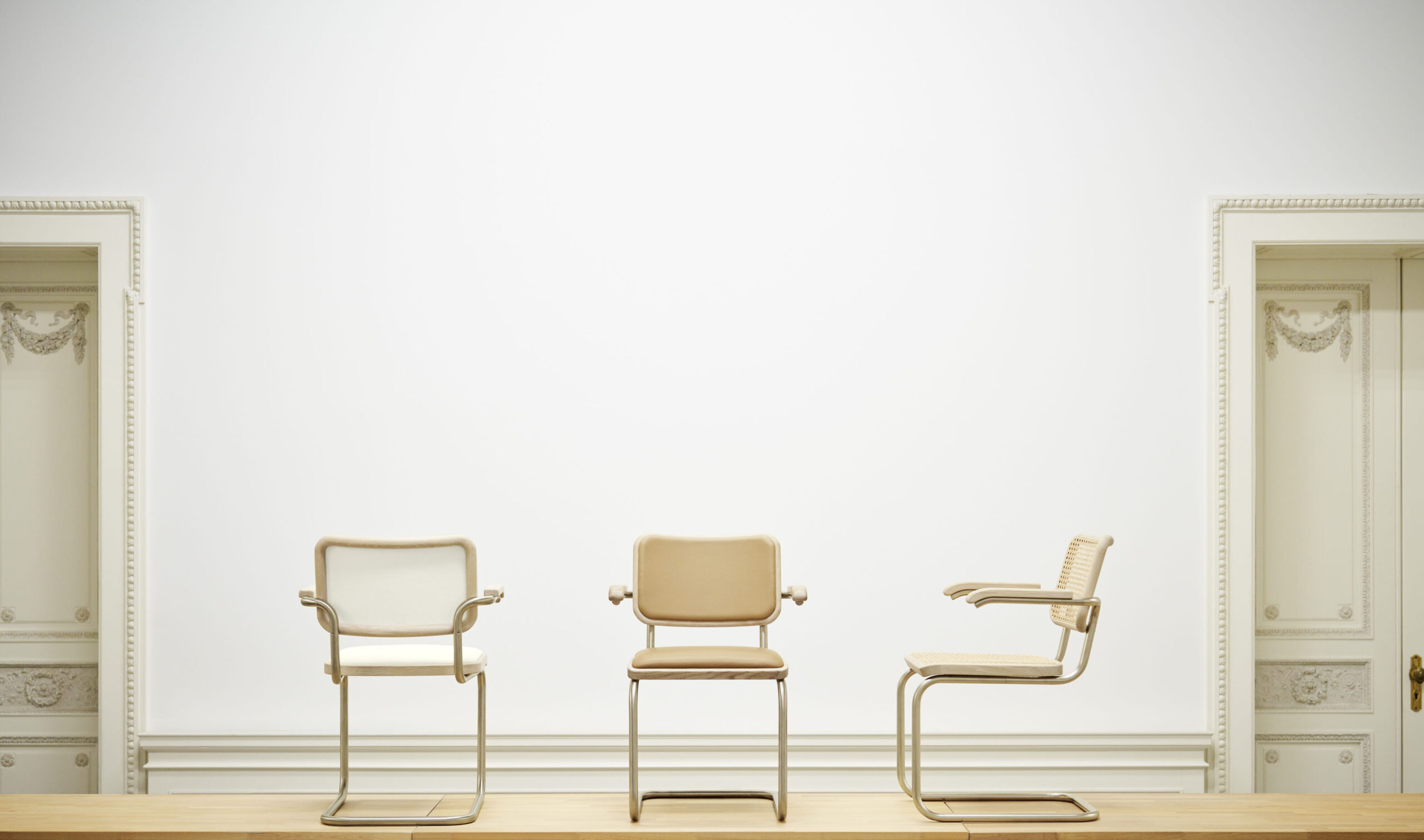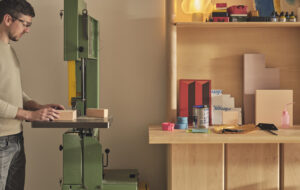 |||
|||
Some years ago I had a conversation with Sara Fox – then the project director for Swiss Re on 30 St Mary Axe, aka the Gherkin – about the design of lavatories. Since most of the Foster design team were blokes, they had little experience of ladies’ loos, so Fox gave them a CPD on the sort of problems women face in male-designed loos – that there are rarely dry flat areas for women to put their expensive handbags/briefcases, either on the floor or next to basins when they wash their hands, location of sanitary towel bins etc.
Fox’s concern about the user is something I often think about when I use men’s loos. I have to admit that I have never been a fan of the sort of open trench-style urinals that you find in a lot of pubs, or even the exposed bowls – some at children’s height – that are standard fare in most offices in the UK these days. I prefer a bit of privacy – a glazed screen or the tall curved urinals of the Victorian lav.
I always thought I was a bit of a wimp in this regard. Indeed, when you google the topic there is plenty of boasting boys’ talk about confident peeing anywhere. However I have been noticing, when I use in the loos in the NLA offices, that this is not typical. We have three urinals, without screens in a fairly cosy arrangement, and one stall with WC; almost without fail, if I am standing at one of the stalls and someone comes in they will lock themselves in the stall rather than stand shoulder to shoulder.
So it got me wondering if those designing our lavatories are really thinking about the user – as Fox did – or do they just do what is usually done? Or is cheapest?
This is clearly a cultural thing. I remember years ago staying at a Swedish youth hostel where even the sit-down toilets had partitions that were only waist high. In the States, screens between urinals seem to be more prevalent. Watching people as they use public lavatories is something that might be misinterpreted, but in the international forum that is the airport loo at Terminal 5 I have noticed the unpopularity of screenless urinals, the stalls are almost always full of people who, time and sound would suggest, are taking a pee – and wasting water.
These days wellbeing is top of the design agenda for offices, and it seems to me that designers owe us wimps the luxury of relaxed and stress-free peeing. The macho aspect of all this was driven home to me years ago when I went to visit the architect Gordon Graham, then president of the RIBA, in his Nottinghamshire office. Graham was a man’s man, a stalwart of the local rugby club, a rugger bugger. When I asked the way to the bathroom he showed me and stood next to me as I attempted, unsuccessfully, to pee into a single WC that sat in the middle of a bathroom the size of a normal person’s living room.
From the catalogues it would seem most of the available urinal dividers are minimal in the extreme, mere tokens of modesty. Interestingly, one of the more enveloping is designed by Philippe Starck – a good 705mm deep – as against Armitage Shanks’ semi-circular design that barely does the job.
Perhaps the industry needs to do a bit of research since my simple and limited observations would suggest we haven’t got it right.
 Illustration by Sandy van Helden
Illustration by Sandy van Helden
Men’s lavatories are to be found in every office building in the land, but their design often seems to be little more than an afterthought






















